There are two common steering set ups used on CycleKarts and some other not so common types. The two most widely used are the basic go-kart style with a pitman arm or the more modern rack and pinion style. Each has their own benefits and drawbacks.
Pitman Style
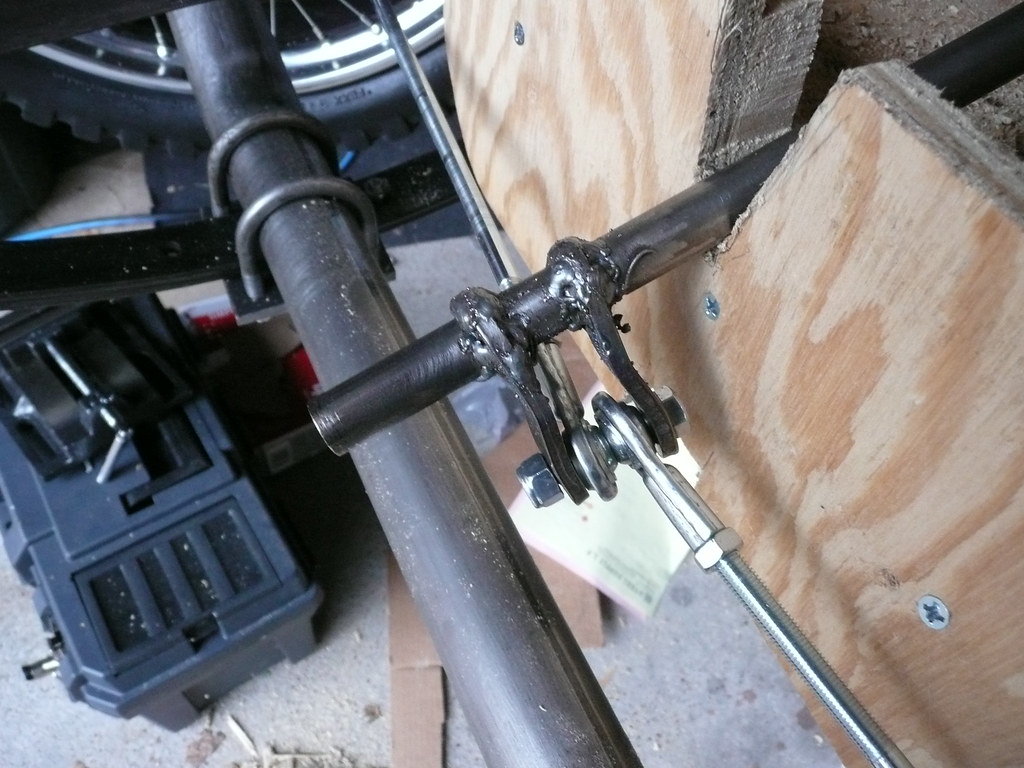
Pitman style steering is probably the simplest to construct. It is also the easiest to modify and customise and uses a simple pitman arm to control the steering via interconnecting tie rods. The length of the pitman arm can be adjusted to change the steering ratio i.e. the relationship between the steering wheel movement and the wheel movement. Generally the steering wheel will move between 1/4 and 1/2 a turn lock-to-lock. This makes the steering very responsive but also can be slightly more twitchy at high speed as feedback through the wheels has a large effect. With such responsive steering, good steering geometry is a must (more on geometry later).
Rack and Pinion Style
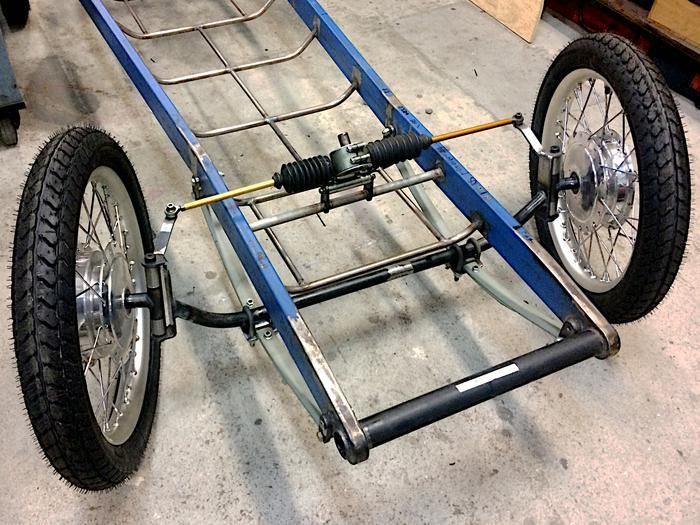
Rack and pinion style steering is installed as a pre-manufactured unit and uses shorter tie rods to control the steering. Generally the steering ratio is much lower and typically the steering wheel will move between 3/4 of a turn and a whole turn lock-to-lock depending on the type of rack used. This gives a very different driving feel and is not as responsive as the pitman arm style setup. However the extra ratio does make the steering much easier to turn at lower speeds and resists feedback from rocks and potholes which means that it creates much less fatigue on the driver on rough tracks. The lower ratio is also a bit more forgiving on incorrect or less than optimal steering geometry too.
General consensus is that there is no real performance advantage of one type over the other and anyone will get used to driving either style pretty quickly. The pitman style will save you a bunch of $$$'s as you can make it yourself, it is also the most responsive and easiest to 'tune' but the rack and pinion style generally feels smoother and sturdier to drive.
If you are into originality then the rack and pinion or pitman style setup might not be what you are looking for. In that case you might want to consider something a little more contemporary with the era...
Bobbin style
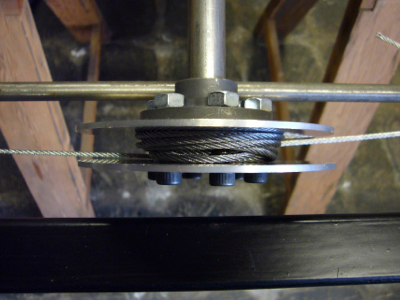
If you are feeling adventurous you might consider making a traditional bobbin style steering setup. This uses steel cable and a bobbin around which the cable is wound to control the steering. This method is contemporary with Cyclecars of the period, so if you are looking for and entirely authentic solution, this might be it.
Steering box

The last type of steering that you may commonly see on cars of the period is a steering box type setup. This generally operates on one stub axle via a drag link. The other stub axle is then tied to the first stub axle using a tie rod
Steering column
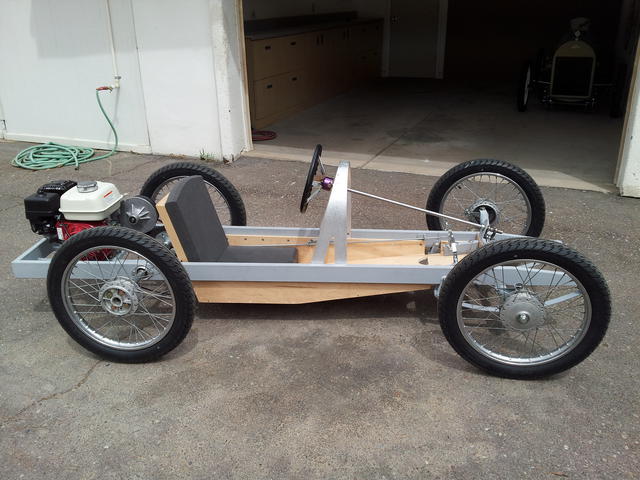
Regardless of the style of steering that you go for, you will need to provide support for the steering column. At its most basic you can use a single hollow bar with the steering wheel at one and and the pitman arm or universal joint at the other. The top will need to be supported by a hoop. This generally also serves the purpose of the cowl support on which the bonnet attaches and the dashboard mounts. So it pays to consider both of those aspects when designing the cowl hoop. A simple bearing is used at the top and bottom to mount the steering column.
One thing you will note is that the steering wheel is presented to the driver at an angle, which may or may not be desirable. This can be remedied by adding a universal joint in the middle of the column and adding two additional bearing mounts. This will allow you to tailor the angle of the steering wheel to suit.
Tie Rods
The tie rods connect the steering rack or pitman arm to the steering knuckles (vertical links). If you are using a rack and pinion the tie rods will generally be supplied with the rack. One thing to look out for there is the length of the tie rods. Most off-the-shelf racks have a total width of about 700mm which is usually a bit too narrow to be able to get correct steering geometry with.
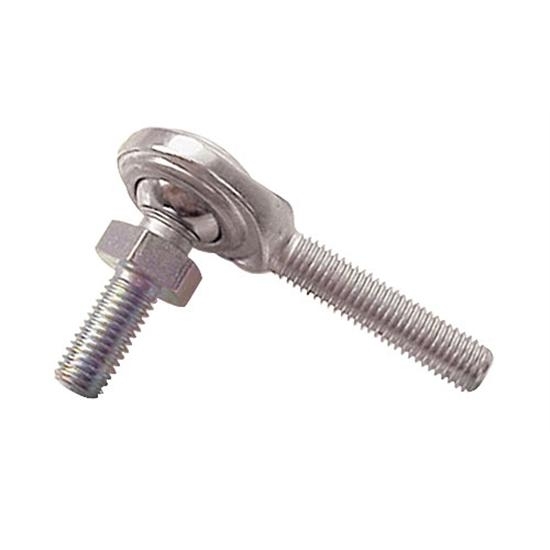
If you are making up go-kart style steering setup utilising a pitman arm, you will most likely also be making up your own tie rod arms. The easiest way to do this is to use hollow bar / tube and tap the inside to accept male ball-joints. Note: you will need to tap each end of the tube with opposite handed threads so that you can turn the tube to adjust the tie rod length.
Also make sure to use ball joint washers / spacers when mounting the ball joints to prevent them from binding
Stub axle / Vertical links
The front hub and spindle assembly is known by many names, most commonly the stub axle, vertical link or steering knuckle. This is generally constructed in one of two ways. With the yoke on the stub axle or with the yoke on the front beam. As shown below:
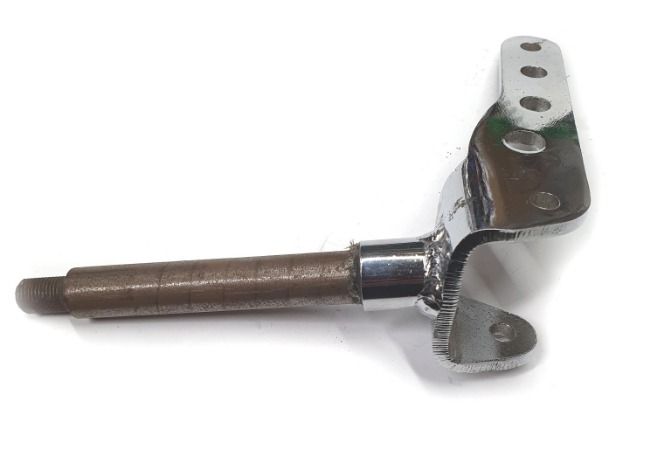
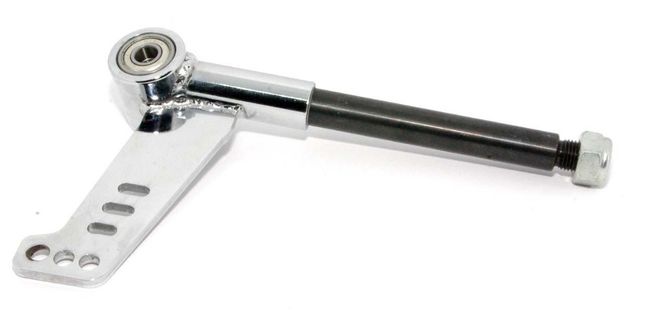
Generally the most commonly available off-the-shelf type of stub axle is the second type where the yoke is welded to the axle and the steering knuckle mounts inside the yoke, however there is no right or wrong way to make these.
Steering Wheel
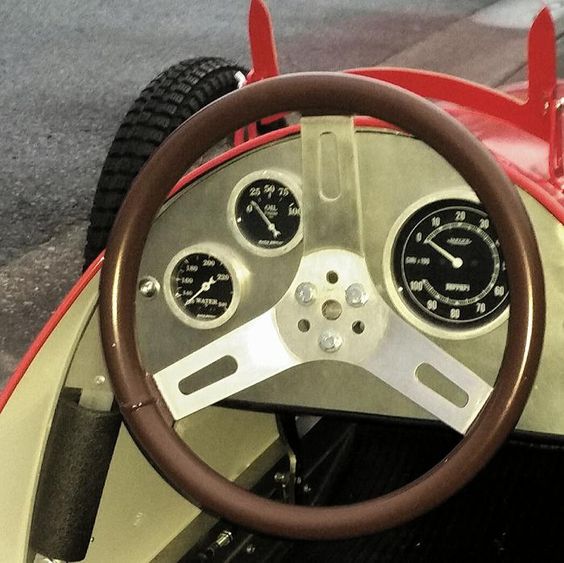
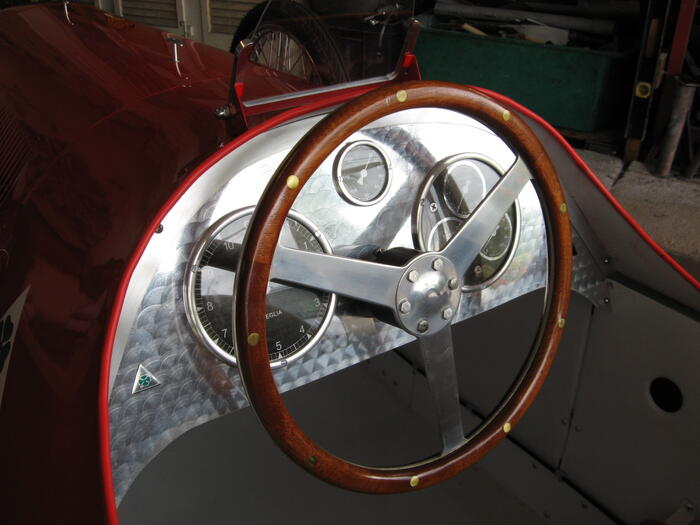
There are lots of options for steering wheels, from off the shelf go-kart style wheels to custom built versions. In ether case it is a good idea to consider using a quick release hub so that you can remove the steering wheel to get into and out of your Cyclekart more easily.


